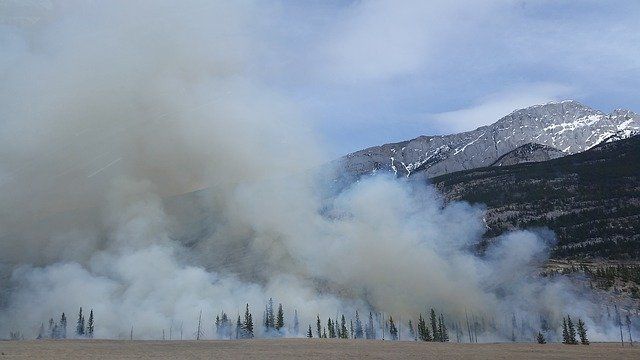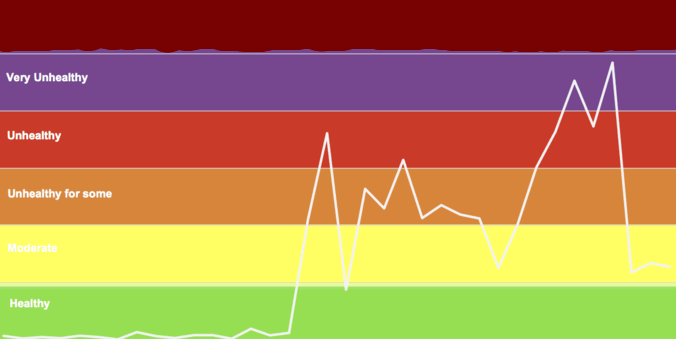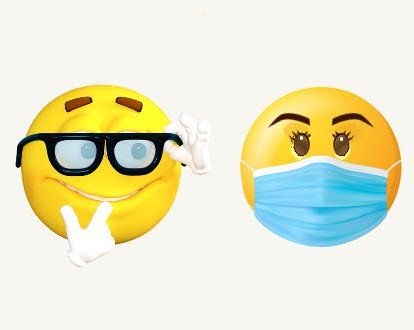


Like California earthquakes & midwest weather, wildfires are an ever-present danger for those of us who call the western United States home. Thousands of houses and lives are damaged or threatened on a yearly basis by wildfire. It's important to yourself and your family that you have a proper wildlife plan in place, as well as a solid understanding of the terms authorities use to warn you about potential and impending wildfire threats.
We want to clarify the three primary types of wildfire warnings, explain what they mean, and what to do when they are issued.
Three Fire-related Warnings to Know and Understand
Keeping an eye out for the above warnings should be considered a critical component of your family's wildfire preparedness plan. Knowing these terms can play a major role in preserving the life and health of you and your family.
In April, the CDC's NIOSH division recognized ASTM F3502, the the first and only national standard for barrier face coverings. Learn about the filtration and breathability requirements for reusable F3502 masks.






© 2021 Puraka Clean Air Technologies, LLC.